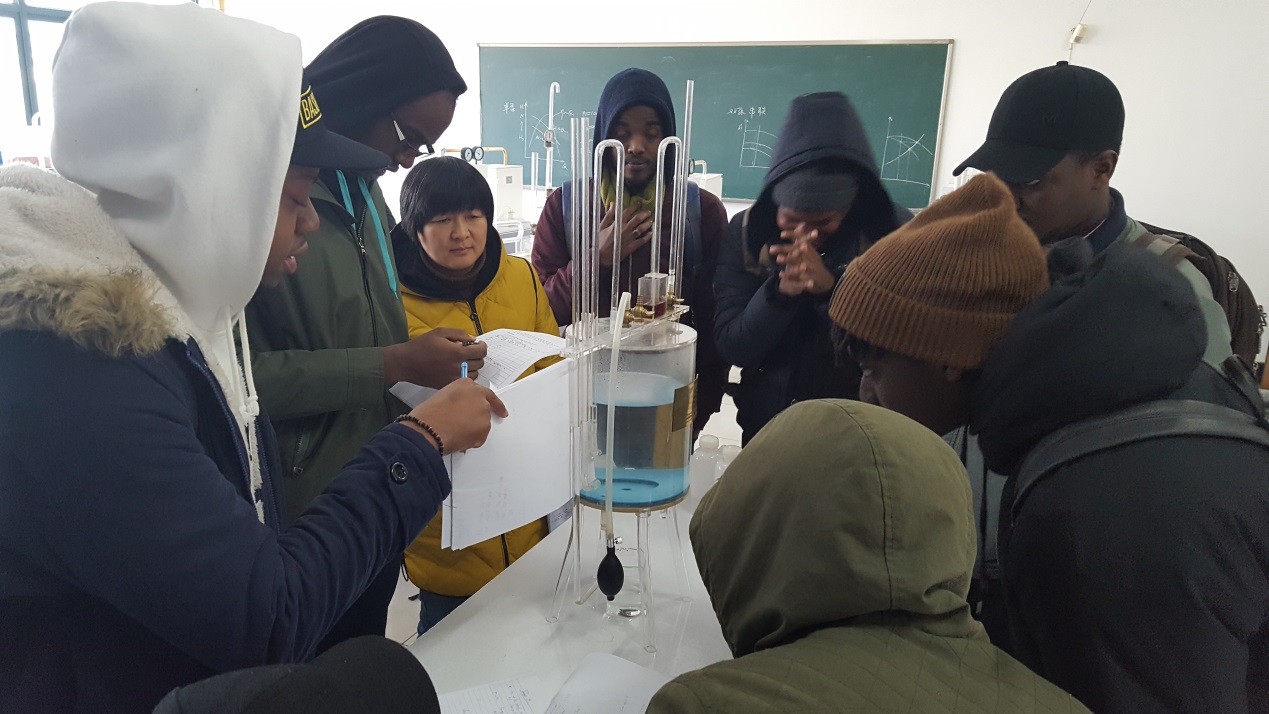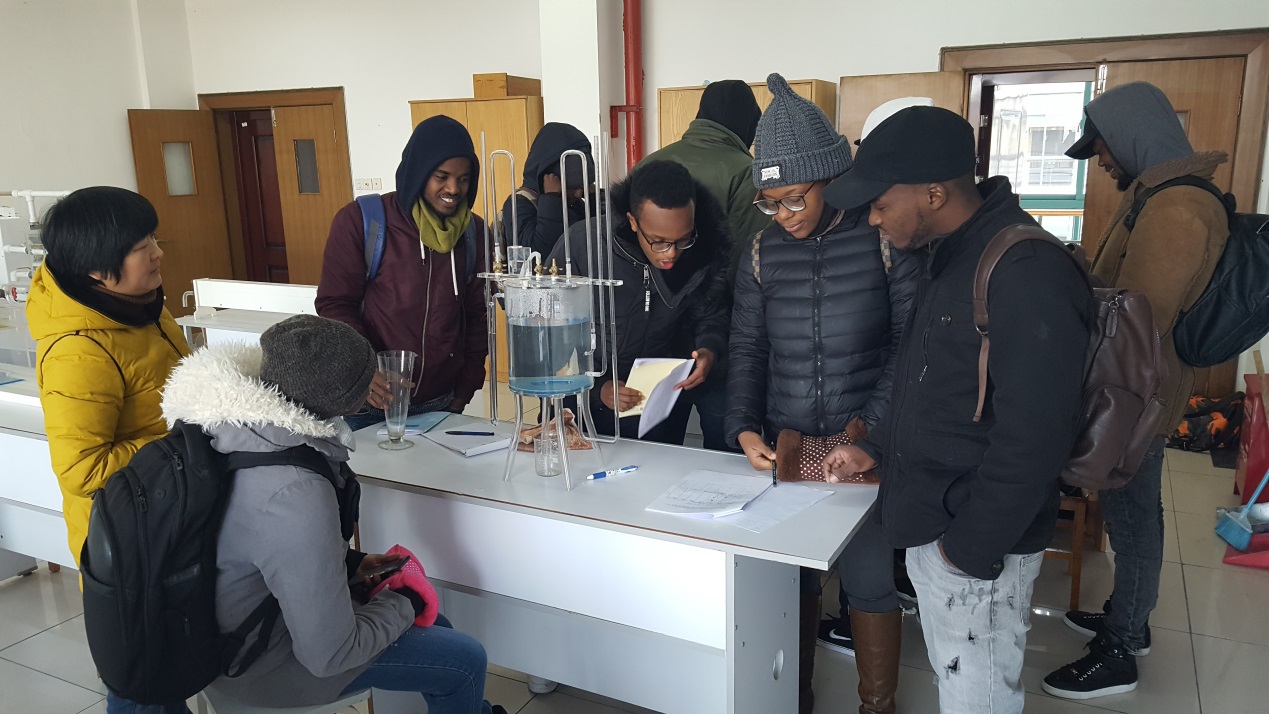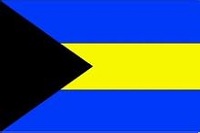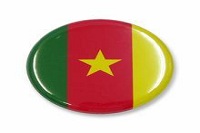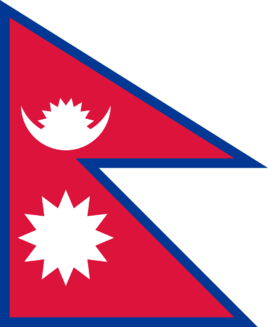CIVIL ENGINEERING CLASS 152 CONDUCTS HYDRAULIC STATICS AND REYNOLDS EXPERIMENT IN FLUID MECHANICS
December 19, 2017
Hydraulic Static Experiment
The main objective of the Hydraulic Static Experiment were provision of opportunities to expose class 152 students to:
- Master the technology of measuring the static pressure with Piezometric tube
- Verify the basis equation of incompressible fluid
- Learn how to perform static equation in practice
Instruments in use during this experiment were piezometric tube, piezometric tube with graduation, connecting tube, vacuum piezometric tube, U tube, ventilation valve, increase pressure inflator, Shutoff valve, oil column, water column, decreasing pressure outlet water valve.
The professor explained that the relationship between pressure and head is used to measure pressure with a manometer (also known as a liquid gauge) while giving the Static fluid equation.
Another U tube fill with oil and water was used as an isobaric surface to get the oil specific gravity S0.
Upon completion of the first experiment, students were asked to analyse and discuss the piezometric headline in a static liquid and how the equipment can be used to measure the unknow liquid density.
REYNOLDS EXPERIMENT
The main objective of this experiment was to perform the Reynolds experiment for determination of different regimes of flow.
In this experiment, students were tasked to investigate the frictional forces inherent in laminar and turbulent pipe flow. By measuring the pressure drop and flow rate through a pipe, an estimate of the coefficient of friction (friction factor) was obtained. Two different flow situations were studied, laminar flow and turbulent flow. The experiment obtained values of the coefficient of friction then they were compared with established results by plotting them on the Moody chart provided.
It was essential for students to have a qualitative understanding of the structure of the flow through a circular pipe. The key topics to recall or to familiarise students with awere:
1. Laminar pipe flow
2. Turbulent pipe flow
3. Velocity profile
4. Volumetric flow rate and mean flow speed
Equipment
Equipments used were a stop watch, a graduated cylinder, and Reynolds apparatus which consisted of water tank having a glass tube leading out of it. The glass tube had a bell mouth at entrance and a regulating valve at outlet, a dye container with an arrangement for injecting a fine filament of dye at the entrance of the glass tube. Potassium permanganate ( to give brightly reddish color streak),thermometer measuring tank. Like following figure2-1.
These were excellent experiments conducted to help students understand and appreciate basic principles taught in Fluid Mechanics Class.
